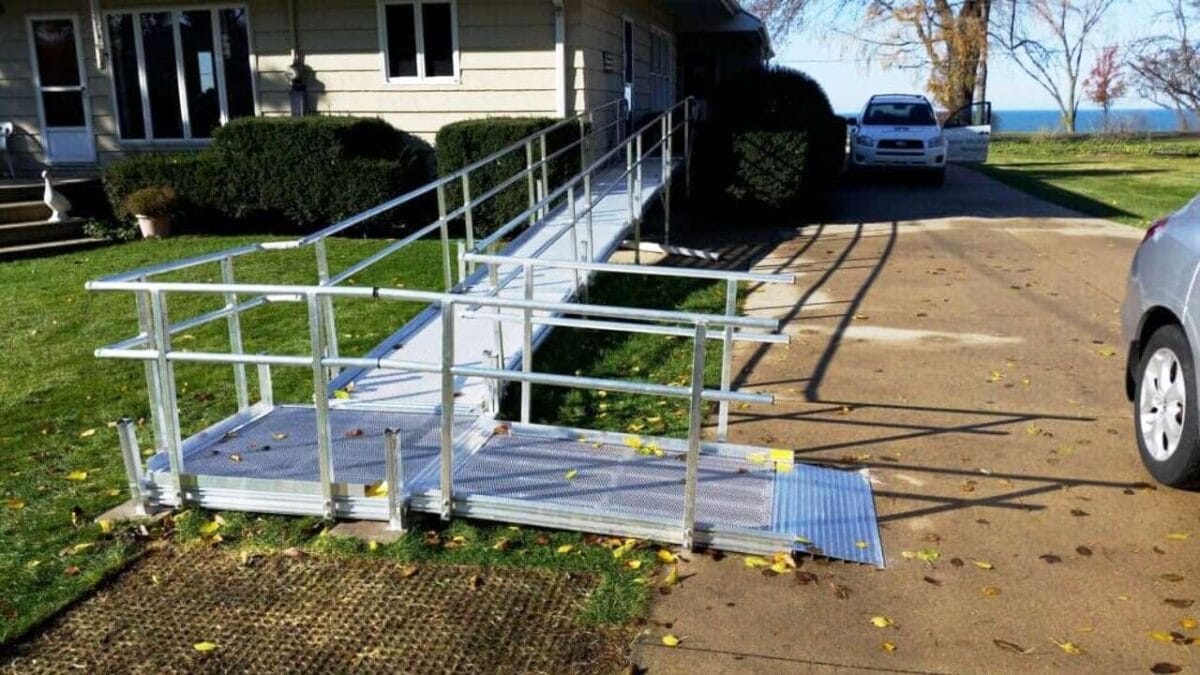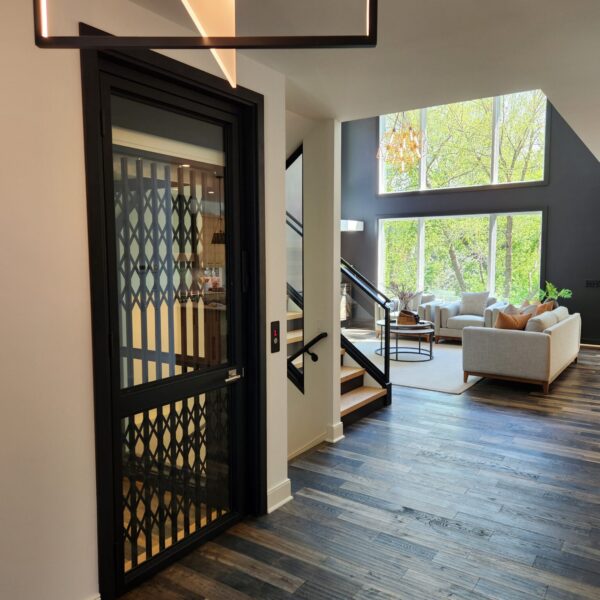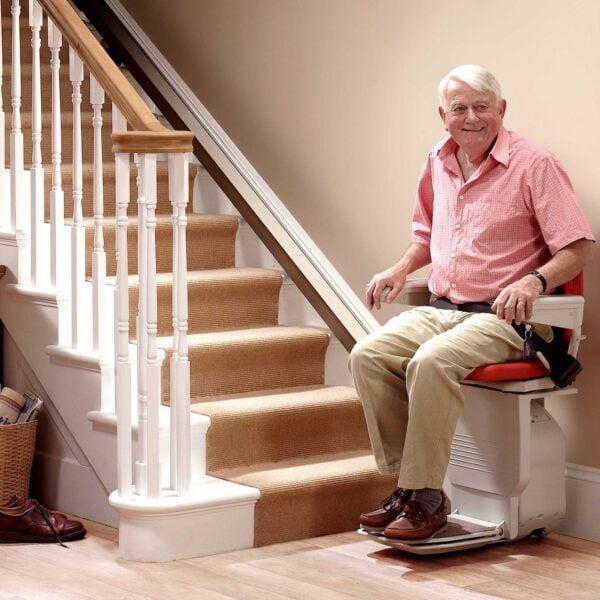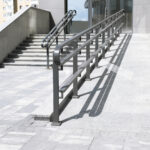
Wheelchair Ramp Installation Services for Enhanced Accessibility
September 24, 2024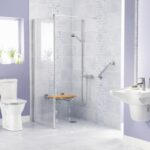
Avoid Common Mistakes When Planning Home Accessibility Modifications
October 1, 2024When mobility becomes a challenge, whether due to age, injury, or disability, home modifications are often necessary to maintain independence and safety; one of the most practical modifications is installing a wheelchair ramp, which provides safe and convenient access to different levels of the home. However, choosing the right wheelchair ramp requires careful consideration of several factors, such as the user’s needs, the structure of the house, and local building regulations. This comprehensive guide will walk you through the essential steps to find the perfect wheelchair ramp for your home, ensuring functionality and safety.
1. Assessing Your Mobility Needs
Before delving into the specifics of wheelchair ramps, it’s crucial to thoroughly understand the unique mobility needs of the individual who will be using them. This understanding will serve as the foundation for determining the most suitable type of ramp.
- Temporary or Permanent Solution: A portable or temporary ramp might be the best option if the need for a ramp is temporary—such as recovering from surgery. However, a permanent solution should be installed for permanent disabilities or long-term mobility issues.
- Consider the user’s capabilities: Do they rely on a wheelchair, walker, or cane? If it’s a wheelchair, can they self-propel, or will they need assistance? Their level of independence will influence the type of ramp required, so it’s essential to consider this.
2. Understanding the Different Types of Ramps
Several wheelchair ramps are available, each designed for different purposes and environments. Below are some common types to help you determine which one best suits your home:
- Threshold Wheelchair Ramps: These small, portable ramps are ideal for doorways with small steps or thresholds. They are easy to install and remove, making them perfect for temporary use. They usually range from 1 to 6 inches in height.
- Portable Wheelchair Ramps: Lightweight and easy to transport, portable ramps are designed for short-term or temporary use. These ramps are often used to load wheelchairs into vehicles or for travel purposes. They can be folded and stored when not in use.
- Modular Wheelchair Ramps: Modular ramps are a more permanent solution and can be customized to fit specific heights and layouts. They are made from aluminum or steel, which makes them durable and weather-resistant. Modular ramps can also be expanded or reconfigured, providing flexibility over time.
- Permanent Wheelchair Ramps: Built directly into the home, these ramps are custom-designed to provide seamless access to doorways or different levels of the house. Permanent ramps require professional installation and must comply with local building codes and regulations. They are typically made of wood, concrete, or aluminum.
- Vehicle Wheelchair Ramps: For those who require mobility assistance when traveling, vehicle ramps allow easy access to vans, SUVs, and other vehicles. These can be foldable and stored within the car itself for convenience.
3. Wheelchair Ramp Design Considerations: Safety, Slope, and Space
The design of the wheelchair ramp is a critical aspect to consider. A poorly designed ramp can pose safety risks and be challenging to use. Therefore, it’s essential to get the measurements and features suitable to ensure the wheelchair ramp is safe and easy to navigate.
- Slope and Angle: The slope of the ramp, or its angle of incline, is one of the most critical factors. According to ADA (Americans with Disabilities Act) guidelines, the slope should be 1:12, meaning the ramp should be 12 inches long for every inch of rise. This ensures the ramp isn’t too steep, making it easier for wheelchair users to navigate safely.
- Ramp Width: A standard width for ramps is 36 inches, but this may vary depending on the specific mobility device being used. For example, power chairs may require wider ramps for maneuverability.
- Landing Area: A landing area at the top and bottom of the ramp provides a resting point and ensures safety. The landing should be at least as wide as the ramp and should extend at least 60 inches to allow for comfortable movement.
- Handrails: Handrails are crucial for added safety, especially if the ramp is long or has a significant incline. The ADA recommends installing handrails on both sides of the ramp, and they should be between 34 to 38 inches in height.
- Non-Slip Surface: To prevent accidents, ramps should have a non-slip surface. Materials like textured aluminum, anti-slip tape, or even rubber mats can provide the traction needed to avoid slips, especially in wet weather conditions.
4. Choosing the Right Material
The materials you choose for your wheelchair ramp will affect its durability, maintenance, and appearance. The most common materials for wheelchair ramps include wood, aluminum, and concrete.
- Wood: A wood ramp offers a more natural look and can blend well with home exteriors. However, wood requires regular maintenance, such as sealing and painting, to protect it from weather-related wear and tear. It can also become slippery when wet, so it is essential to add anti-slip strips or coatings.
- Aluminum: Aluminum ramps are popular due to their lightweight and rust-resistant properties. They are low-maintenance and often come in modular designs that can be adjusted or expanded. Aluminum ramps are also portable, making them ideal for people who may move or need to change ramp configurations.
- Concrete: A concrete ramp is the most durable and permanent option. It can withstand heavy use and harsh weather conditions with little maintenance. However, concrete ramps are more expensive and require professional installation, making them best suited for permanent mobility solutions.
5. Installation and Legal Considerations
Once you have decided on the wheelchair ramp’s type and material, you must consider the installation process and any legal requirements that apply to your area.
- DIY vs. Professional Installation: Some wheelchair ramps, such as portable or threshold ramps, can be easily installed by homeowners. However, more permanent structures like modular or concrete ramps often require professional installation to ensure they are safe and meet local building codes.
- Building Codes and Permits: Depending on where you live, local regulations may dictate the specifications for a ramp’s slope, width, and safety features. In many areas, building permits are required for permanent ramps. It’s essential to check with your local building authority to ensure your ramp is compliant.
- ADA Compliance: If you or your loved one has a disability, you may want to follow ADA guidelines when designing the wheelchair ramp. While not all residential ramps need to adhere to ADA regulations, doing so can ensure a higher level of safety and accessibility.
Finding the right wheelchair ramp for your home is about convenience, safety, independence, and quality of life. By carefully assessing mobility needs, understanding the different types of wheelchair ramps, and considering key design and material factors, you can make an informed decision that enhances accessibility. Whether you need a temporary wheelchair ramp or a permanent fixture, this guide provides the essential steps to ensure that the ramp you choose will offer the right support, function, and safety for years to come. Trust CAPS Remodeling to bring expertise and dedication to your wheelchair ramp installation, delivering functional and aesthetically pleasing solutions. Contact us today to begin your journey towards a more accessible home.

Introducing Jeff Cates, the visionary Founder and Owner of CAPS Remodeling. After experiencing a profound personal event involving his son in 2007, Jeff was inspired to serve a higher purpose: to create safer, more comfortable, and independent living conditions for the elderly and disabled by modifying their current homes. Jeff’s deep-seated religious beliefs form the moral compass that steers CAPS daily operations. Apart from his unwavering dedication to his work, Jeff finds joy in boating and cherishing moments with his family.

